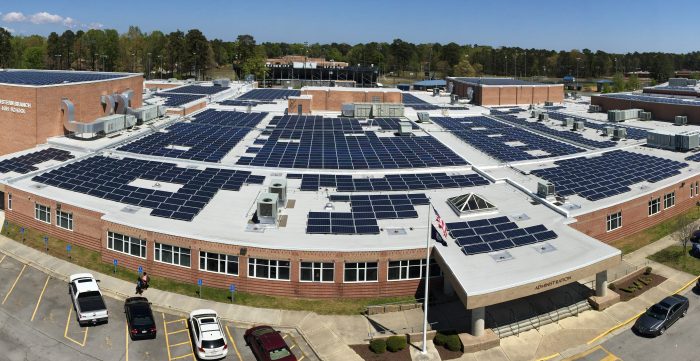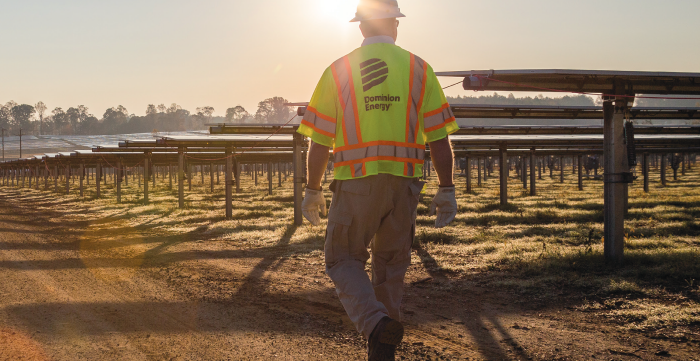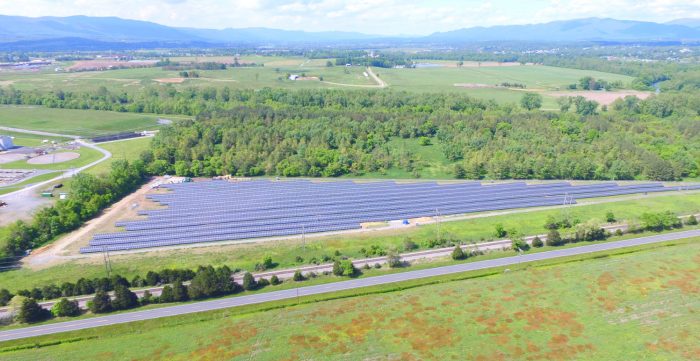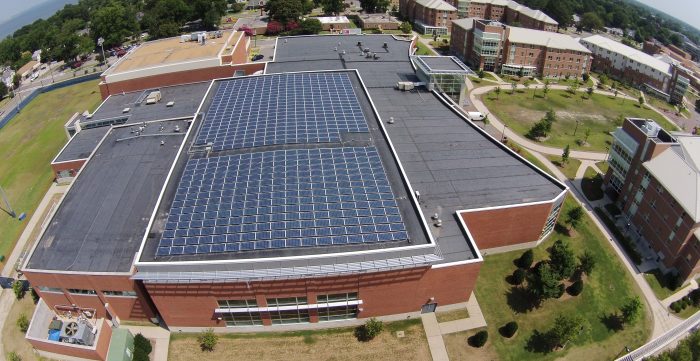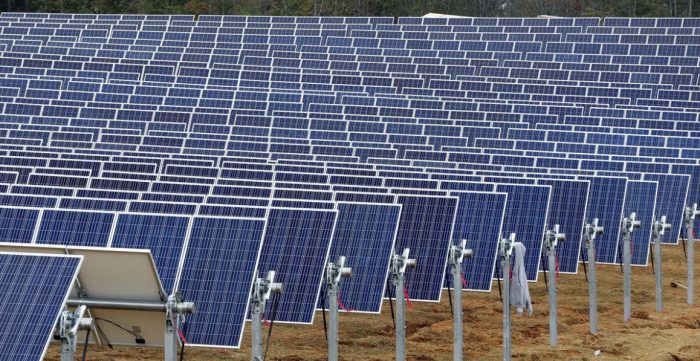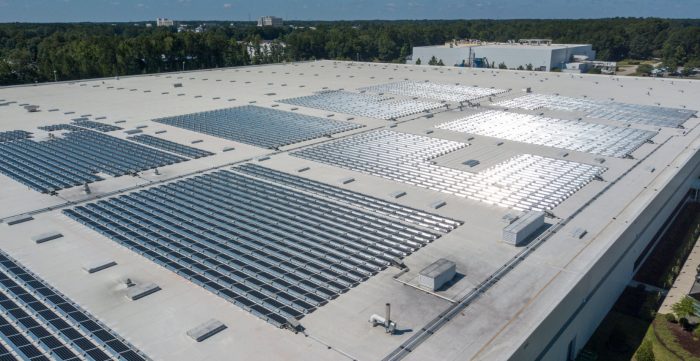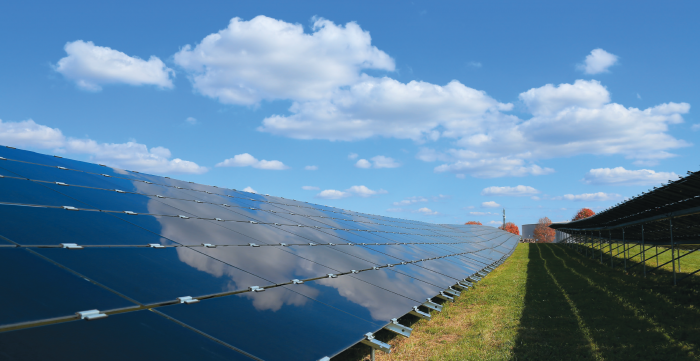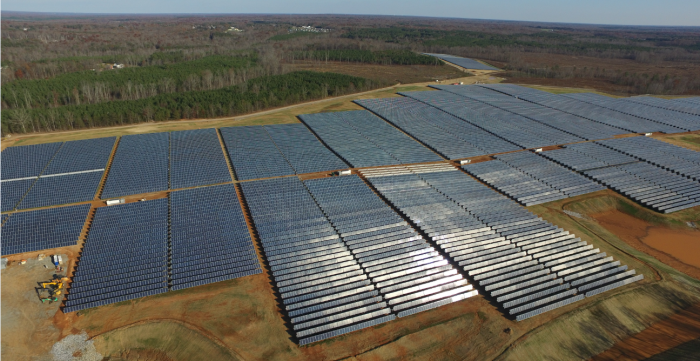Virginia Solar Pathways Project
The ultimate goal for the Virginia Solar Pathways Project (VSPP) was to develop a collaborative utility-administered solar strategy for the Commonwealth of Virginia. The process had three main objectives: (i) integrate existing solar programs with new options appropriate for Virginia policy environment and broader economic development objectives; (ii) promote wider deployment of solar within a low retail electric rate environment; and (iii) serve as a replicable model for use by other states with similar policy environments, including but not limited to the entire Southeast region.
The Project engaged a Core Advisory Team made up of a diverse group of stakeholders. The Core Advisory Team consisted of a state government agency, an environmental organization, local community representatives, research and educational institutions, and a solar installation company. In addition to the Core Advisory Team, Dominion Energy provided additional opportunities to receive input through the Rubin Solar Collaborative.
Studies to Address Key Challenges
The project term spanned three years from 2015 through 2017. During that time, four studies were conducted to help address key challenges to solar deployment:
- Solar economics;
- Distributed Solar Generation Integration;
- Solar PV Generation System Integration; and
- Developing a framework for community solar.
Solar Strategy Objectives
The resulting Virginia Solar Pathways Utility-Administered Solar Strategy was developed based on six foundational objectives, as follows:
- Be achieved within Virginia’s fully regulated utility framework;
- Be informed by input from a broad range of stakeholders;
- Involve data-driven decision-making;
- Support sustainable expansion of solar that promotes affordable electric rates and Virginia’s economy and economic development.
- Focused on the customer through fair allocation of quantifiable costs and benefits while providing enhanced access to information, choice, and control.
- Recognize that the existing utility grid was not designed for the two-way flow of power and that increased solar deployment may require additional utility investment to offer enhanced access to information, choice, and control, while ensuring the same or better levels of service reliability.
Solar Strategy Recommendations
On December 12, 2017, Dominion Energy and the Core Advisory Team held a public meeting at Old Dominion University to celebrate the culmination of its work on the Virginia Solar Pathways Project and to unveil The Virginia Solar Pathways Project strategy report. The Report offers six key recommendations for replicating the Virginia Solar Pathways strategy for sustainable deployment in other states:
- Engage in Stakeholder Collaboration;
- Work to Avoid Unintended Adverse Consequences of State Policy Changes.
- Foster and Maintain Dialogue with Large Customers;
- Listen to Customer Preferences and Match Them to Resource Availability/ Attributes;
- Develop Customized Approaches to Modeling and Planning for Solar Integration;
- Prioritize Grid Modernization and Customer Empowerment; and

